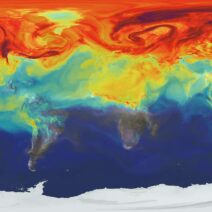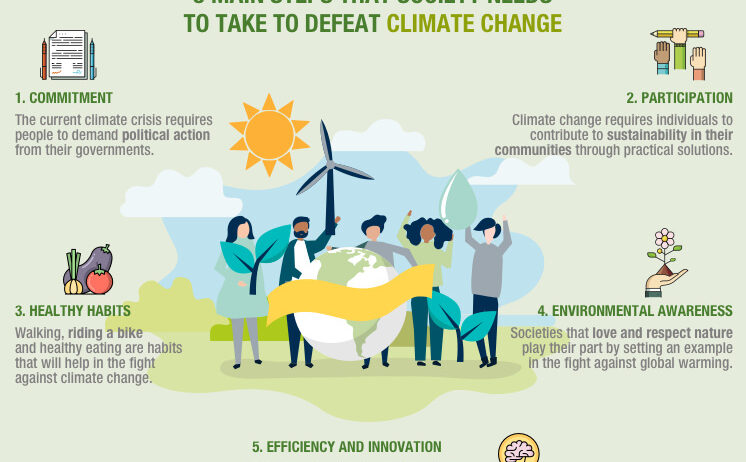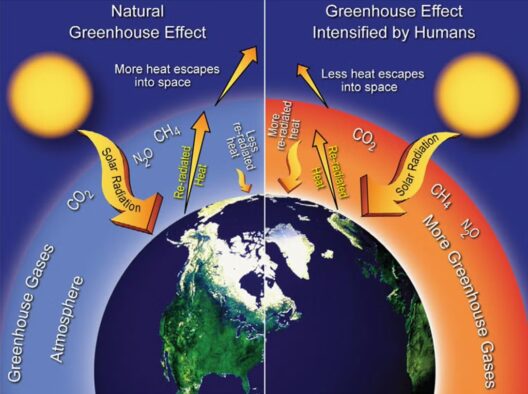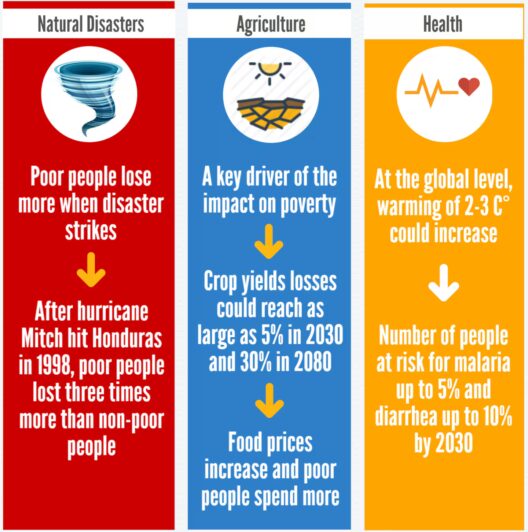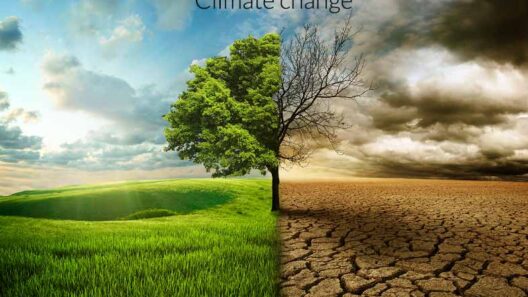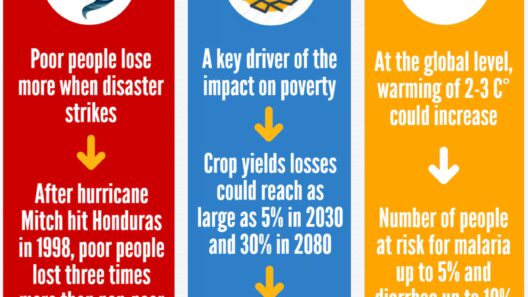In an intricate dance with nature, humanity has inadvertently treaded upon the delicate balance of Earth’s ecosystems. The metaphorical string that binds us to our planet is taut; the consequences of climate change loom like an ominous storm cloud on the horizon, whispering dire warnings that demand our attention. To intervene in the trajectory of climate change is to wield a powerful brush that paints a greener future, where foresight and action collide. As we navigate this labyrinth of choices, it is paramount to understand the myriad ways we can avert this impending disaster.
The essence of climate action begins with education and awareness. Individuals must seek knowledge about the intricacies of climate change—its causes, consequences, and, most critically, solutions. The ethereal web of misinformation can lead to inertia, deterring even the most concerned from taking action. By harnessing the power of reliable sources, workshops, and community discussions, people can transform themselves into advocates for change. The more informed the populace is, the more effectively it can dismantle the barriers to sustainable practices.
On the individual level, lifestyle alterations may seem daunting, yet every little step carries weight. Energy consumption is often the unseen antagonist in climate narratives. By recalibrating our daily habits, such as utilizing energy-efficient appliances, switching to renewable energy sources, or even adopting minimalist lifestyles, we can significantly reduce our carbon footprint. A simple act, such as replacing incandescent bulbs with LEDs, might feel trivial, yet cumulatively it spurs an exponential decrease in energy consumption.
Transportation is another realm ripe for transformation. The oft-ignored commuter’s route is a metaphorical freeway to climate change. Opting for public transport, carpooling, cycling, or walking diminishes fossil fuel reliance, akin to reducing the emissions by hundreds of thousands of tons annually. If the journey is perceived not just as a means to an end but rather an integral part of living sustainably, even the commute becomes a win for our planet. Electric vehicles, while not the panacea, can ease the transition if used discernibly, coupled with regional developments in charging infrastructure.
The agricultural industry is a double-edged sword, capable of both nourishing and harming the environment. Sustainable agricultural practices are crucial for fostering resilient ecosystems. Individuals can support organic farming through their purchasing decisions, bolstering practices that prioritize biodiversity and soil health. Community-supported agriculture (CSA) programs allow consumers to engage directly with local farmers, fostering a connection that transcends monetary exchanges and nurtures eco-centric ethics. Choosing a plant-based diet or reducing meat consumption can echo harmoniously through our food systems, alleviating excessive land and water use associated with livestock production.
Concurrently, engaging in local governance encapsulates the spirit of communal action necessary to combat climate change. Citizens wield considerable influence through their voting power. Advocating for policies that prioritize sustainable infrastructure, increase green spaces, and pledge commitment to carbon neutrality can affect monumental shifts at municipal and national levels. Collaborating with local activists and organizations amplifies voices, merging individual actions into a cacophony of impactful change. Coupling efforts with environmental agencies allows for innovative solutions to thrive, oftentimes resulting in initiatives that span generations.
Moreover, the allure of technology cannot be underestimated in our quest for sustainability. Innovations like carbon capture and storage, sustainable energy storage solutions, and decentralized energy systems pave the way towards a cleaner tomorrow. As individuals, embracing and promoting these technologies widens the path to a sustainable future. Investing in technological advancements not only enriches the economy but also acts as a beacon of hope against climate change, illuminating the macro vision of harmony between progress and preservation.
In the sphere of waste management, the principles of reduce, reuse, and recycle become our battle cry. Nearly one-third of food produced globally is wasted; this statistic highlights a fundamental flaw in our consumption patterns. Committing to mindful consumption, repurposing items, and supporting circular economy initiatives can wreak havoc on wastefulness. Engaging in community clean-up drives generates collective responsibility while stimulating local ecosystems. In this manner, we embrace ecological stewardship, raising awareness about the necessity of protecting our environment.
Engaging with youth and educational institutions is another pivotal action step. Empowering the younger generation to understand the importance of environmental stewardship cultivates a legacy of sustainability. Implementing eco-centric curricula in schools ignites passion and enables insightful dialogue among students, prompting them to strategize their paths forward. By intertwining environmental literacy into education, we can harness the collective ingenuity of youth to conceive innovative solutions to climate change.
Global collaboration remains the linchpin in our endeavor to mitigate climate change. The interconnectedness of the modern world underpins the gravitas of collective action. By supporting international accords, such as the Paris Agreement, individuals contribute to a shared commitment—one that transcends borders and champions a unified front in combating climate change. Participating in global forums and NGOs reinforces a commitment that levels the playing field, ensuring all nations are accountable for their emissions.
The tapestry of climate action consists of numerous threads woven through intention, knowledge, and collaboration. A single thread may falter, yet together they form a resilient fabric capable of generating substantial change. As individuals, it is our responsibility to unfurl the constraints that bind us to unsustainable practices and champion the multifaceted steps that can lead us into a flourishing future. Like a symphony composed in unity, every action taken—no matter how subtle—contributes poignantly to the harmonious outcome we seek. In the quest to prevent climate change, one must remember: the green revolution begins at our doorsteps.


